Cash
Through a current account
In installments through the PIO fund for pensioners
Electronic card (Visa, Master, Dina, etc.)
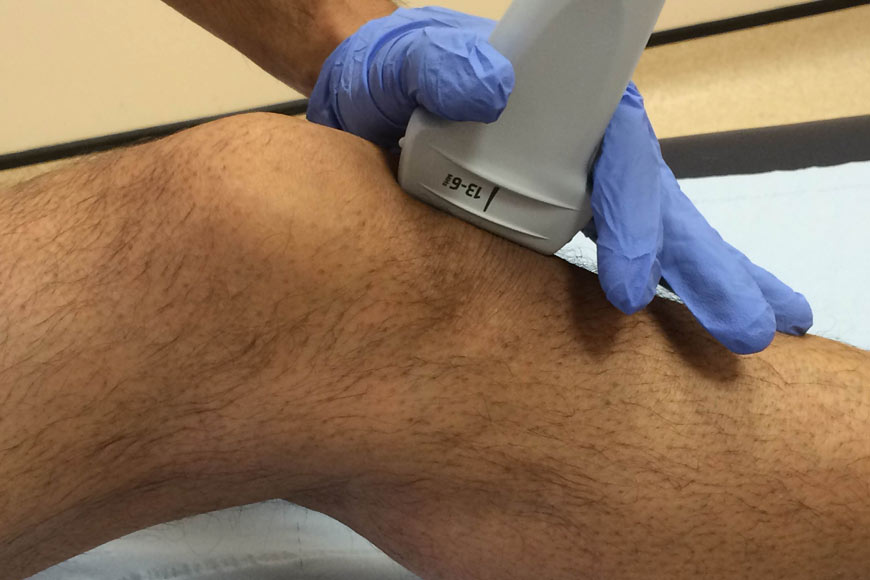
Fokus Fizical 100% guarantees fast and effective healing
Super DISCOUNT! 20% on all therapies in September!
Do not treat yourself over the Internet! Make an appointment via Viber now!
The knee joint is the largest and most complex joint in the human body, as it takes the majority of the load during daily activities such as walking, running, climbing stairs and carrying loads. The knee connects the thigh (femur) with the lower leg (tibia), and in addition, it also contains a smaller bone - the patella (cup), which plays a key role in the stability of the joint.
The knee consists of two main articulations: the femur-tibial articulation, which enables the main movements of bending and extending the leg, and the femur-patellar articulation, which enables stabilization and protection of the joint during movement. This complex structure of the knee allows not only bending and stretching of the leg, but also minimal inward (medial) and outward (lateral) rotation, which further contributes to its functionality and stability. Despite its complex structure and function, the knee is one of the joints that is most susceptible to damage due to injuries or degenerative changes such as osteoarthritis or meniscopathy.
Symptoms of knee pain can vary depending on the cause, but most commonly include the following:
Pain – The main symptom is pain in or around the knee joint, which can be dull, sharp, or throbbing. Pain can be present only during certain movements or constant, even at rest. The intensity of the pain can increase when walking, bending the knees, climbing stairs, or when carrying a load.
Swelling – The knee can become swollen due to injury, inflammation, or fluid buildup in the joint. Swelling is often present shortly after injury or as a result of chronic conditions such as arthritis.
Stiffness and reduced mobility - People with knee pain often feel stiffness in the joint, which can make it difficult to bend and straighten the leg. Limited mobility can make everyday activities such as walking, getting up from a sitting position or driving a car difficult.
Popping or grinding noises – Some people may notice popping, grinding or grinding noises when moving the knee. This can happen due to damage to the cartilage or other structures within the joint.
Instability – In some cases, the knee can become unstable, which means that the person may feel that the knee "gives" or is not stable enough when walking or standing. This instability is often a sign of damage to the ligaments or other structures that support the joint.
Redness and warmth – In cases of inflammation, the knee may become red and warm to the touch, which is a sign that there is an inflammatory process within the joint, such as arthritis or infection.
Deformity of the joint - In severe cases, especially with serious injuries or degenerative conditions, visible deformity of the knee joint may occur, where the knee may appear irregularly shaped or unusually bent.
If you feel knee pain that does not go away after rest, or is accompanied by any of the above symptoms, it is recommended that you consult a doctor for further diagnosis and treatment. Timely recognition of symptoms can help prevent more serious problems and alleviate pain.
Pain in the knee can be caused by various factors, the most common of which are:
Ligament injuries – Ligament injuries (eg ACL, MCL) often occur during sports activities and cause pain, swelling and instability of the knee.
Meniscus damage – Injury to the cartilage pad between the thigh and lower leg causes pain, swelling and a feeling of "locking" in the knee.
Tendinitis – Inflammation of the tendon, known as "jumper's knee," causes pain below the patella when moving.
Bursitis – Inflammation of the bursa around the joint causes pain and swelling, often due to prolonged kneeling or injury.
Osteoarthritis – Degeneration of cartilage causes pain, stiffness and reduced mobility, most often in the elderly.
Rheumatoid arthritis – A chronic autoimmune disease that causes inflammation of the joints, including the knee.
Overexertion – Overexertion due to physical activities can cause pain and swelling.
Dislocation of the patella – Slipping of the kneecap out of its normal position causes intense pain and swelling.
Gout – Accumulation of uric acid crystals can cause inflammation and pain in the knee.
Fractures – A broken knee bone causes severe pain and swelling, often due to trauma.
Treatment of knee pain depends on its cause and the severity of the symptoms. In milder cases, the RICE (rest, ice, compression and leg elevation) method is often recommended, which reduces swelling and pain. Anti-inflammatory drugs (NSAIDs) can be used to relieve pain and inflammation. Also, wearing elastic bandages or orthopedic aids can help stabilize the knee and reduce pain.
Physiotherapy is crucial in recovery, as it strengthens the muscles around the knee, improves joint mobility and reduces the risk of further injuries. Stretching and strengthening exercises are usually performed under the supervision of a specialist, in order to gradually return the knee to function.
In more severe cases, such as serious injuries to ligaments, meniscus or the presence of arthritis, the doctor may recommend corticosteroid injections to reduce inflammation or even surgical intervention. Surgeries can be minimally invasive, such as arthroscopy, or require a complete reconstruction of the joint.
Knee ultrasound is often the first diagnostic method used to accurately determine the condition of the joint, tendons and ligaments. This method allows the doctor to identify potential injuries or inflammatory processes, which facilitates the determination of the correct treatment plan.
Regular monitoring and control are important in order to assess progress and adjust therapy if necessary. Timely diagnosis and appropriate treatment are key to restoring full functionality of the knee and preventing further complications.
When is it necessary to do an ultrasound of the knee?
If you feel pain in your knee that lasts for a long time or you have swelling, stiffness or limited movement, an ultrasound can help diagnose the cause of the problem.
How accurate is knee ultrasound in diagnosing pain?
Ultrasound is very accurate in detecting problems such as tendinitis, cysts, fluid in the joint and ligament injuries, but the accuracy also depends on the skill of the doctor performing the examination.
What does an ultrasound examination of the knee look like?
During the exam, the doctor will apply gel to the knee and use a probe that sends out ultrasound waves to get pictures of the internal structures. The examination is painless and takes about 15-30 minutes.
Is special preparation required for knee ultrasound?
No, there is no special preparation. It is recommended that you wear comfortable clothing that allows easy exposure of the knees.
Is knee ultrasound necessary for diagnosis?
A knee ultrasound is often recommended to examine the soft tissues, tendons, and ligaments in detail, thus facilitating an accurate diagnosis and determining optimal treatment.
Ultrasound examination (15-20 min)
6.500 din -
4.500 din
6.500 din -
4.500 din
Ultrasound of soft tissues
6.000 din -
4.500 din
6.000 din -
4.500 din
Shockwave terapija for knees
4.500 din -
3.500 din
4.500 din -
3.500 din
Physical therapy for treating pain in both knees
5.000 din
5.000 din
Cash
Through a current account
In installments through the PIO fund for pensioners
Electronic card (Visa, Master, Dina, etc.)
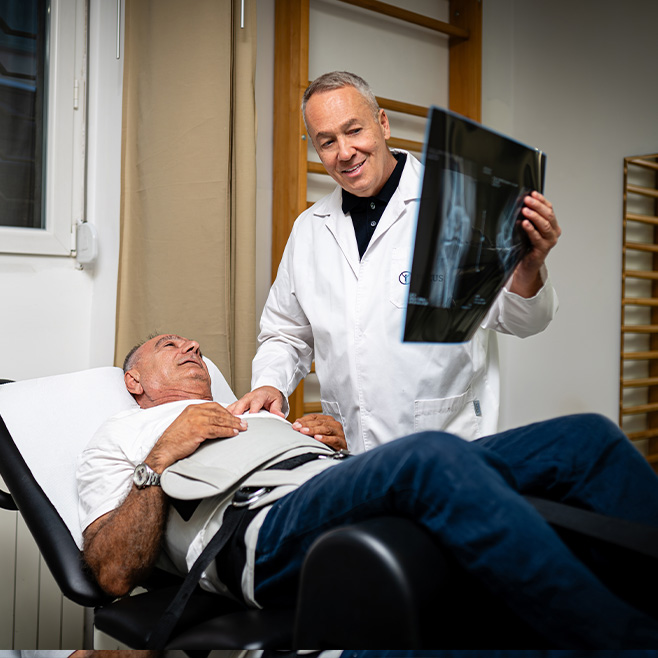
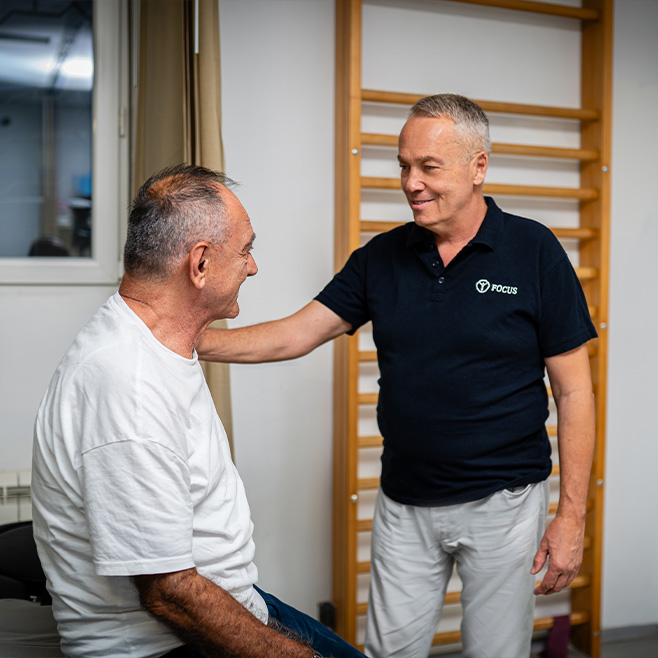
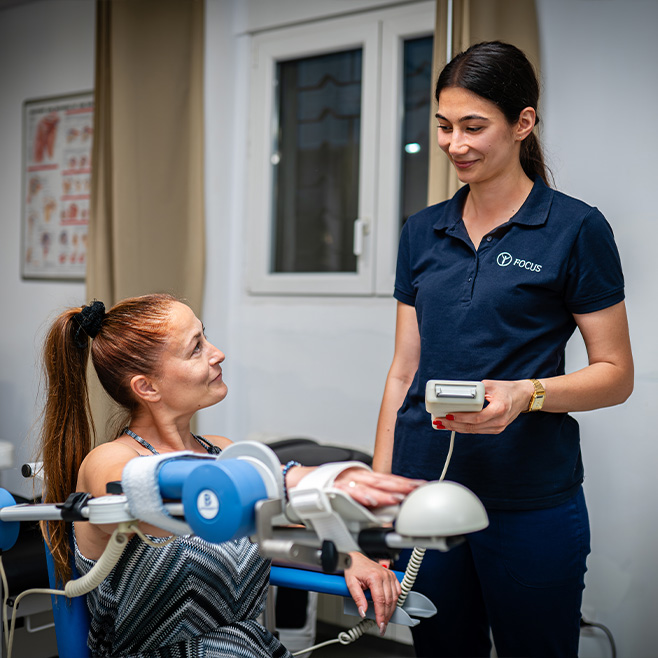
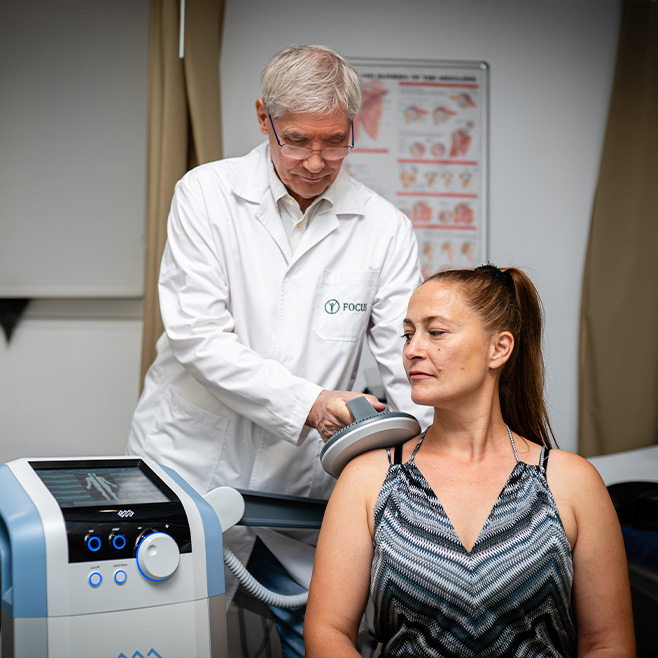
See the experiences of our satisfied patients who successfully recovered with the help of our physical therapy. Get acquainted with the testimonies of patients who faced various joint injuries, sports knee injuries, back injuries and similar problems, which we quickly, efficiently and successfully treated.
Aesthetic surgery
Focus Fizikal is a leading private clinic for physical therapy in Belgrade. For more than 10 years, we have been providing high-quality services that enable quick recovery and healing of our patients.
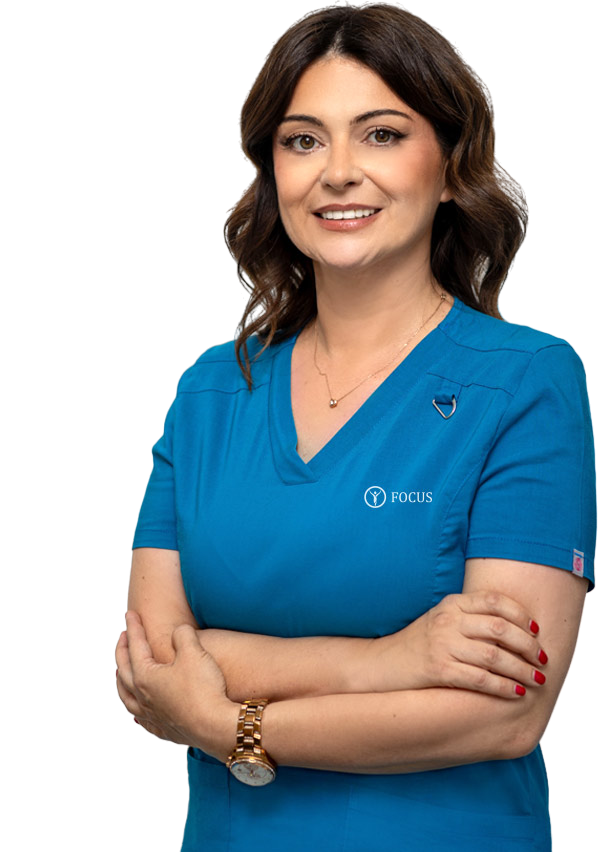
For all our current and future patients, we have made it possible to schedule an appointment online.